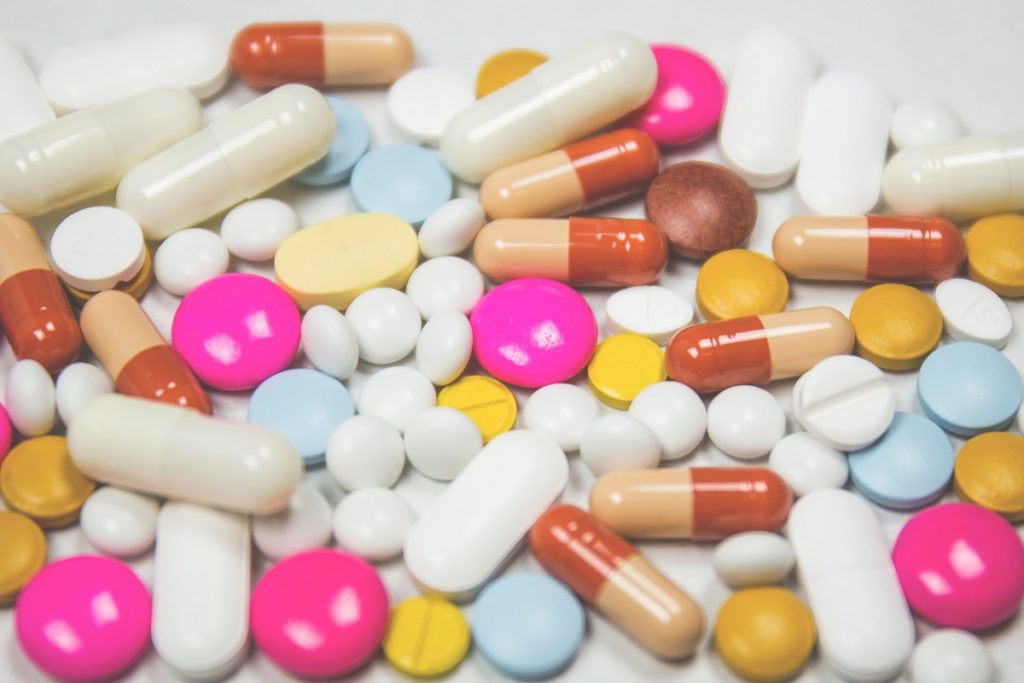Counterfeit medicines are on the rise globally. A sizable amount of prescription medicine sold in low- and middle-income countries are either of poor quality or simply fakes. Fake drugs often fail to properly treat the condition for which they were intended and can lead to serious health consequences.
So, how prevalent these drugs are and what are health authorities doing to prevent their spread?
Prevalence of counterfeit drugs
According to The Guardian, up to 10 percent of drugs in low- and middle-income countries are substandard or fake, causing local economies to lose up to $200 billion per year. In fact, in 2018, Pfizer classified 95 products in 113 countries as fake, up from the 29 fakes in 75 countries in 2008. It was found that many counterfeit products originate in China and India, and have been found to contain paint, printer ink and even arsenic.
A public health issue
Counterfeit medications are endangering more lives. According to the American Journal of Tropical Medicine and Hygiene, the rise in substandard medicines has become a public health emergency. A surge in counterfeit medicines could mean that around 250,000 children a year could die after taking fake drugs intended to treat pneumonia and malaria alone. Also, more people could die for taking fake antibiotics and vaccines used to treat acute diseases and infections like meningitis, hepatitis and yellow fever.
Most of the deaths can occur in countries where high demand for drugs meets poor surveillance, quality control and regulations, making it easy for gangs and cartels to slip counterfeit products into the market.
When counterfeit drugs fail

Malaria, a mosquito-borne infection, affects 3.2 billion in 95 countries around the world. But due to effective medications like artemisinin and chloroquine, malaria-related deaths dropped by up to 60 percent between 2000 and 2015.
Still, more than 200 million new cases were reported in 2016, and 445,000 died from the infection. If malaria can be cured with effective treatment, why does it still take the lives of many? According to Australian publication The Conversation, one reason for malaria’s continued destruction in developing countries is ineffective medicine. They said that in some poor African nations, many malaria prescriptions are either fake, substandard or expired.
Data from the World Health Organization (WHO) showed that up to 116,000 malaria deaths in sub-Saharan Africa each year can be attributed to fake medicine. And globally, around 200,000 preventable deaths occur because of ineffective anti-malarial drugs.
Intervention by WHO
Every medicine we consume, from chewable iron food supplements to the flu-fighting zanamivir, should be authentic. The rise in counterfeit drugs has pushed the WHO to launch a five-year plan to deliver quality-assured medical products.
The plan aims to reach four objectives:
- Strengthen regional and country and regulatory systems – Enhance the vigilance of regulatory authorities and speed up product registration timelines so patients get drugs sooner
- Strengthen WHO prequalification – Prequalification of priority drugs has led to treating millions of people with quality, cost-effective HIV medicines
- Increase the impact of WHO’s Regulatory Support activities – Align work across all levels of the organization, with particular attention given to countries’ needs
- Increase regulatory preparedness for public health emergencies – Equip regulators with the knowhow to deal with emergencies, including improving crisis communication and fast-tracking product approval processes
Counterfeit medicines continue to kill hundreds of thousands of people around the world each year. With WHO’s intervention, we can only hope for the prevalence of fake drugs to go down in the coming years.

